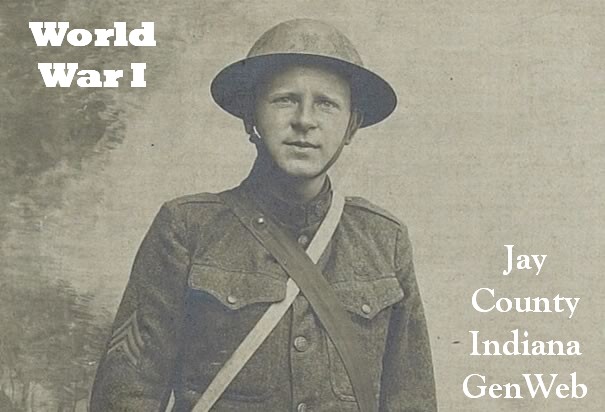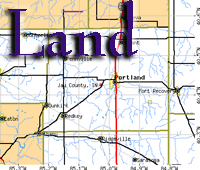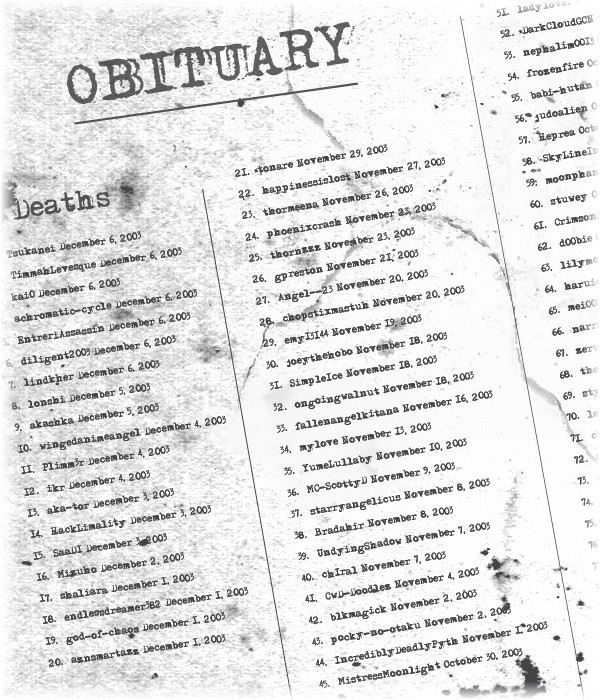

 |
In late June 1914, Archduke Franz Ferdinand of Austria was assassinated by a Serbian nationalist in Sarajevo, Bosnia. An escalation of threats and mobilization orders followed the incident, leading by mid-August to the outbreak of World War I, which pitted Germany, Austria-Hungary and the Ottoman Empire (the so-called Central Powers) against Great Britain, France, Russia, Italy and Japan (the Allied Powers). The Allies were joined after 1917 by the United States. The four years of the Great War--as it was then known--saw unprecedented levels of carnage and destruction, thanks to grueling trench warfare and the introduction of modern weaponry such as machine guns, tanks and chemical weapons. By the time World War I ended in the defeat of the Central Powers in November 1918, more than 9 million soldiers had been killed and 21 million more wounded. The Treaty of Versailles, signed in 1919, determined post-war borders from Europe to the Middle East, established the League of Nations as an international peace organization and punished Germany for its aggression with reparations and the loss of territory. Tragically, the instability caused by World War I would help make possible the rise of Nazi leader Adolf Hitler and would, only two decades later, lead to a second devastating international conflict. ~history.com
Veterans Day falls on the anniversary of the signing of the armistice that ended World War I on November 11, 1918.
Updated 1/25/2018
Book of Merit
Individual decorations and commendations awarded to Jay County men and women for services in the World War
- Carpenter, John Earl
- Cruea, Luther
- Deland, Harold Henry
- Dennings, Frank
- Harris, George Warren
- Simmons, Michael
- Weis, Harry W
- West, Herschel Glen
- Ayers, Robert Guy
- Barr, Frederick James
- Board, Albert B
- Burgess, Ralph W
- Butcher, Lowell Leland
- Flahie, Claude L
- Ford, Merrill W
- Garringer, James Mandville
- Gray, Harry Pratt
- Gray, Roy L
- Hunt, Arthur
- Layman, John Ellsworth
- Lindley, Alfred Mathias
- Renner, Noah B
- Thompson, Otis
- Tucker, Russell Ray
- Whipple, David Orley
- Williamson, Ralph Victor
Gold Stars
A record of men who died in the service of the United States and the Allied Nation in the World War from Jay County
 |
|
 |
|
 |
|
 |
|

 |
|
 |
|
 |
|
 |
|

 |
|
 |
|
 |
|
 |
|
Visit our neighbors:
Adams
Blackford
Delaware
Randolph
Wells
Mercer County, OH
Van Wert County, OH
Backgrounds by: Ambographics
The Jay County, Indiana INGenWeb genealogy web site is maintained by Elaine Geyer and Jim Cox.
All material on this site @ 2012 -
by INGenWeb.